Firstly I would like to thank Matt at SCV distribution (Fostex UK Distributor) for lending me these models for a comparison, I always try to write honest reviews. These have all been burned in, no real differences were noted.
Gear Used:
Audio Opus #1 / Dell XPS 15 > Matrix Quattro II > Matrix HPA-2C
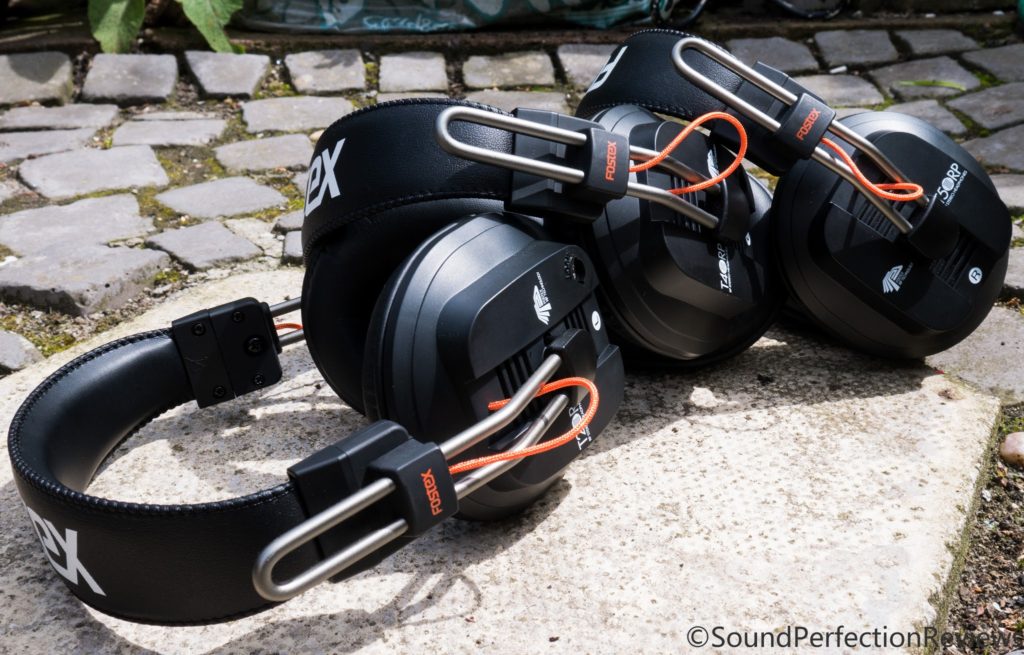
Tech Specs:
(T20RPmk3)
Driver: Regular Phase (or Orthodynamic)
Impedance: 50 ohm
Sensitivity: 92dB (at 1kHz, 1mW)
Frequency Response: 15Hz – 35kHz
Maximum Input Power: 3000mW
Weight: 315g
Cable: Detachable 1/4” Stereo Phone (3m) and Stereo Mini (1.2m)
(T40RPmk3)
Driver: Regular Phase (or Orthodynamic)
Impedance: 50 ohm
Sensitivity: 91dB (at 1kHz, 1mW)
Frequency Response: 20Hz – 35kHz
Maximum Input Power: 3000mW
Weight: 315g
Cable: Detachable 1/4” Stereo Phone (3m) and Stereo Mini (1.2m)
(T50RPmk3)
Driver: Regular Phase (or Orthdynamic)
Impedance: 50 ohm
Sensitivity: 92dB (at 1kHz, 1mW)
Frequency Response: 15Hz – 35kHz
Maximum Input Power: 3000mW
Weight: 315g
Cable: Detachable 1/4” Stereo Phone (3m) and Stereo Mini (1.2m)
MSRP: £119
Packaging, Build Quality and Accessories:
The packaging is quite simple, a card box with a picture on the front and info and specs on the back, these do not come with an elaborate fancy box, but again they are studio headphones so no need. Nothing special here, but the box does protect the headphones during shipping.
The build quality is great, they feel like they are built to last with solid metal sliders, a metal headband and the use of high quality plastics. The earpads are soft but very flat with a small opening for your ears. They use a locking detachable cable mechanism, which works well and again shows they are made to last. I have no issues with the build quality.
Accessories are not many, all you get in the box is the headphones and 2 cables, 1 long black 3m cable with a 6.3mm jack, another short orange 1.2m cable with 3.5mm jack for portable use. I would have liked to have seen a carry pouch, but not a necessary accessory and for the price I cannot complain, these are all about the sound.
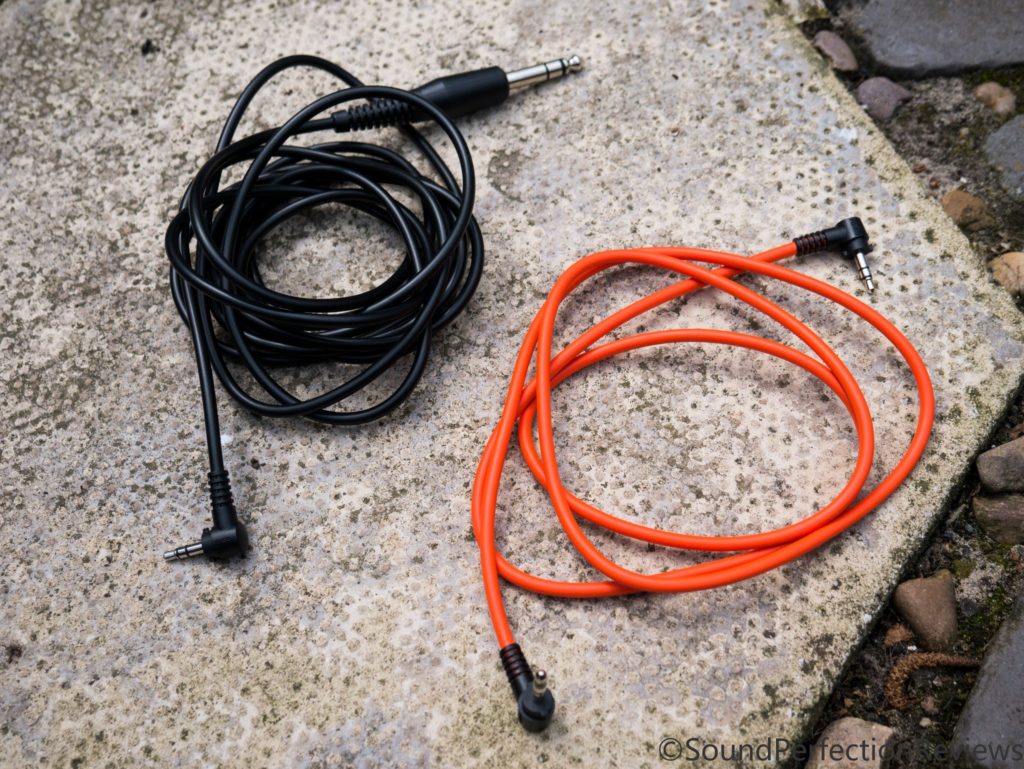
Isolation, Cable noise, Comfort and Driveability:
Isolation varies between the models due to their design, but on the whole none of them isolate very well, they isolate enough to block out mild outside noise but if you require isolation go with the T40 out of all of them due to their closed back design.
Because the T50 are semi-open back and T20 are open back, both leak more than the T40 and are not suitable for use in very quiet environments where you may disturb others.
The comfort is not great, the clamping force is manageable but the pads are rather thin, luckily you can change them out. It may alter the sound a little, but will most likely alter the comfort for the better a lot more. I find these fine for short listening sessions, but the padding on the headband is minimal which causes slight irritation after about an hour’s use.
Cable noise is not an issue with these headphones.
Well these are not easy to drive headphones. I highly recommend using a powerful amplifier to get the best out of these headphones, using them out of a portable device usually tends to make them sound thin, and even distorted in some cases. With a powerful amp you can turn them up to unlistenable volumes without distortion.
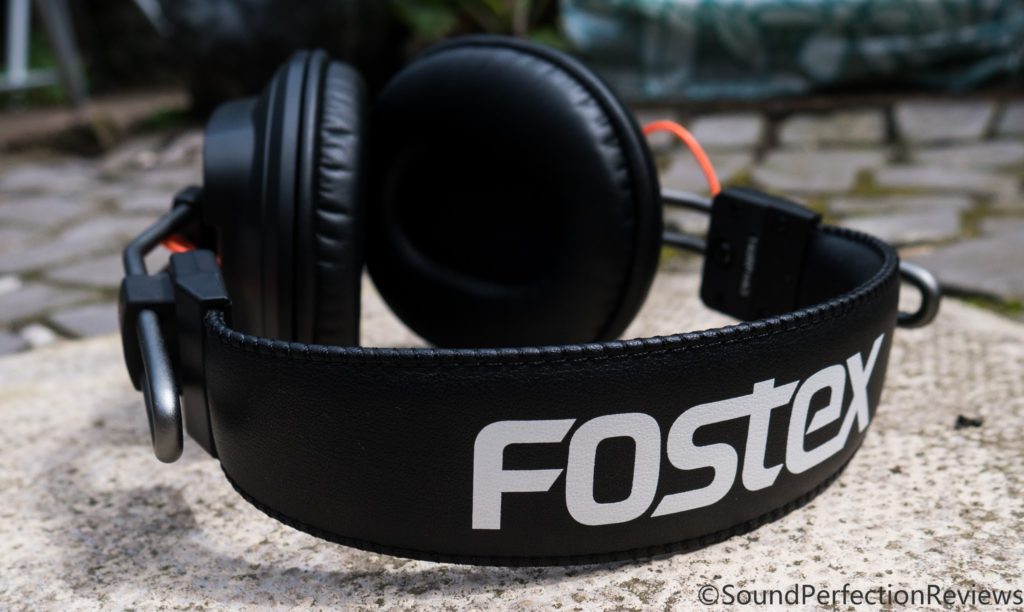
Now on to the sound:
All have a similar base sound, with a few differences between the models, I find the sound of the TXXrp headphones to be smooth, full and very coherent. The mids are incredibly detailed, and the whole range is well reproduced. A well rounded, do it all headphone, with very quick and responsive sound.
These are a great model to get if you are looking at Orthodynamic headphones, they give you a taste of what they sound like, without hitting your wallet too hard, and online you will find extensive mods that you can do to make them even better. Below are the key differences:
T20rp –
Full articulate lows, with weighty punch and adequate extension. Good special queues. Mid notes have a sharp and crisp edge to them, very clear and detailed. Highs are slightly lacking in presence.
A warmer, fuller sound with good control, articulation and a more mid centric sound signature with plenty of detail.
T40rp –
Slightly more intimate sounding, the lows are similar in presentation, maybe with a tad less body. The mids don’t sound quite as crisp, they sound a little smoother and the highs gain a little presence.
More balanced sounding with a slightly thinner note to the sound, I find these to be a little on the brighter side of sound.
T50rp –
As good spacial queues as the T20rp, slightly less weight in the lows than the T20 but better balance and highs. It sound the most open of all of the models, and the most balanced.
Highs have extension, mids are crisp and clear, the lows are in perfect quantity and balance.
I really enjoy all 3 models, to pick a favourite is hard, it would be between the T20 and the T50. I find the T40 to have a little more fatiguing sound in comparison. I think the T50 is my favourite, the T20 just has a tad too much low end emphasis, whereas the T50 is very neutral and balanced.
All models are a great buy for the price, especially since there are incredible modding possibilities, Fostex have perfected the RP driver used, and just changing the enclosure brings quite audible changes, now think of the possibilities for DIY projects.
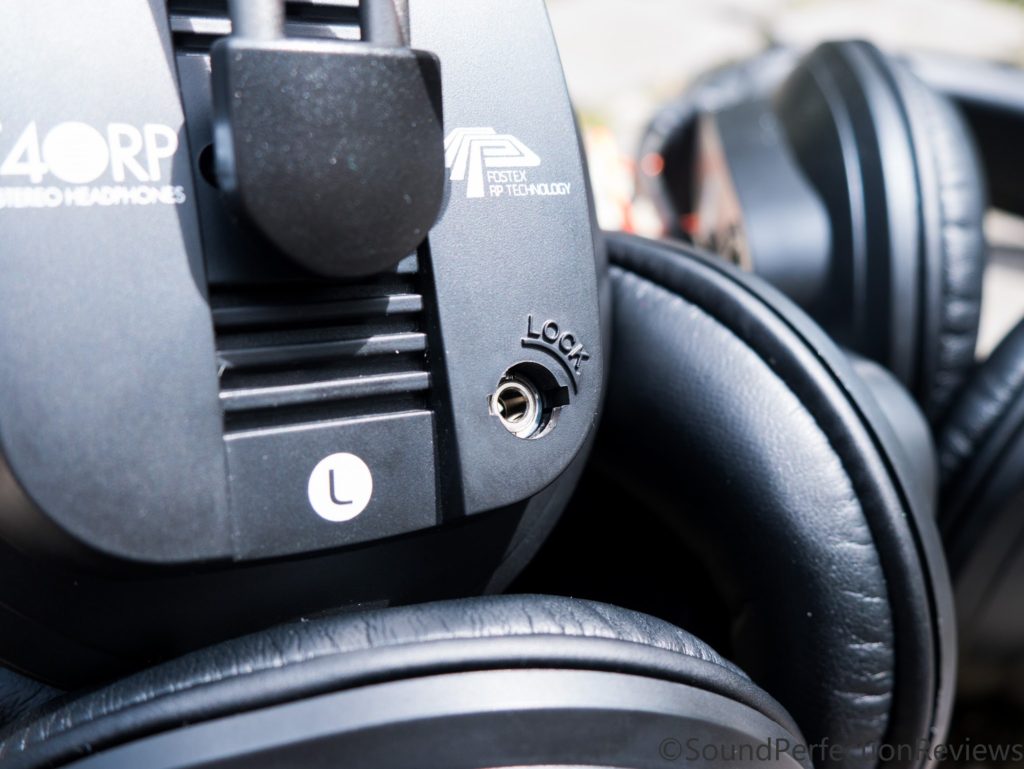

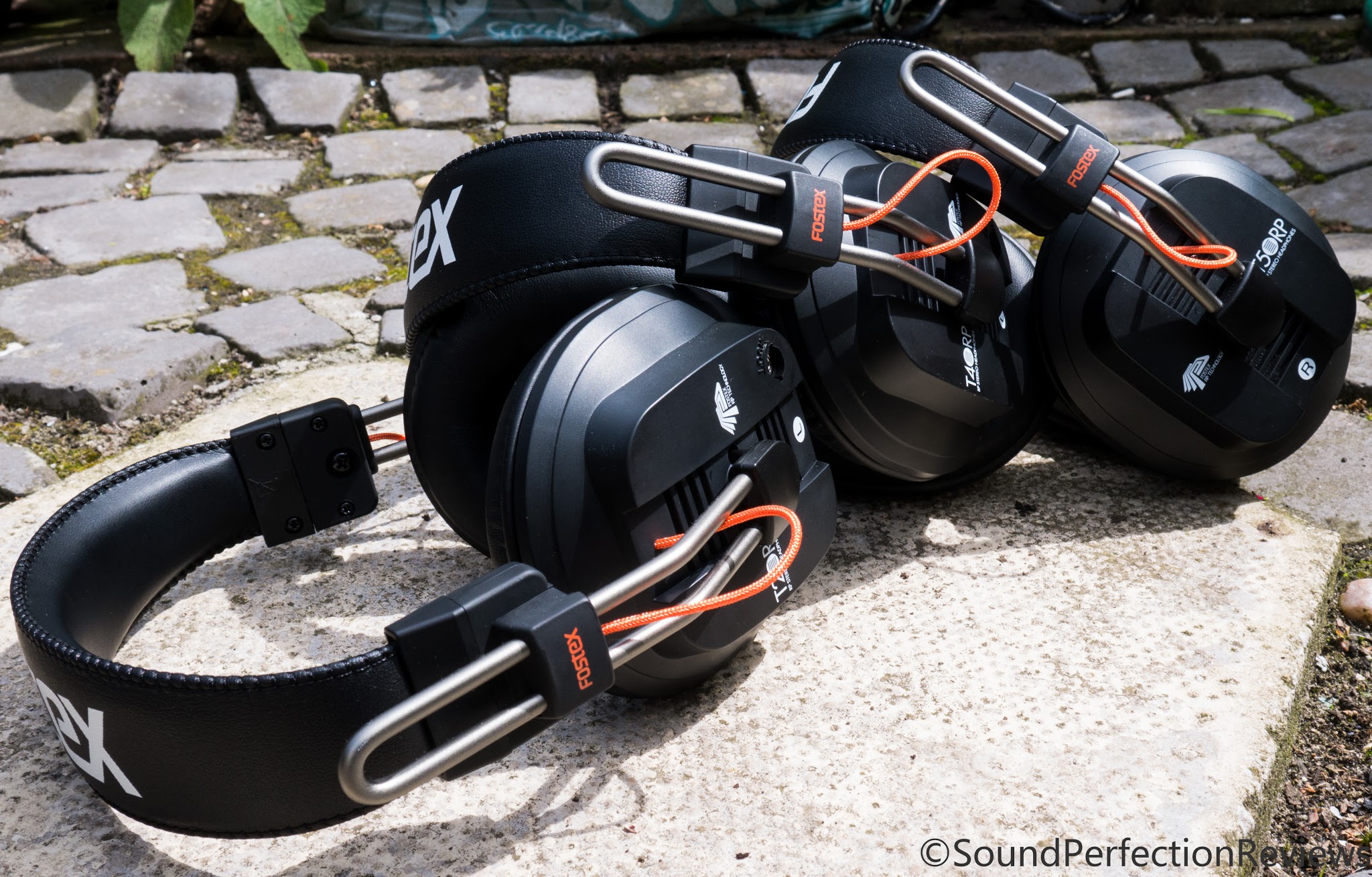
Thank you for this prior yet relevant revire and comparison. I have the T50’s as the description seemed to fit my preferences better but wasn’t sure if the differences just came down to the vents on the side which i believe are closed, semi open or full open and maybe can be modded with a piece of firm tape? Is that a detail that really makes them all into separate categories? I believe the drivers and build are all the same? Thought about adding the T20s to the fold, but I have indeed tuned/modded my T50s and I just can’t imagine any more lower end oomph than what I already have.
Hi Brian,
They are indeed all the same with exception to the vent – closed, semi-open and open. It should be very easy to experiment with different levels of vent opening, and to hear how they all compare. There is a bit Fostex modding community out there too, which can help you tune them.
You should try the T10 RP 🙂